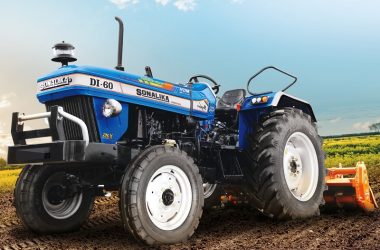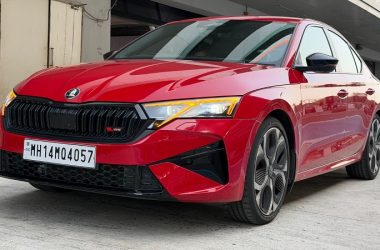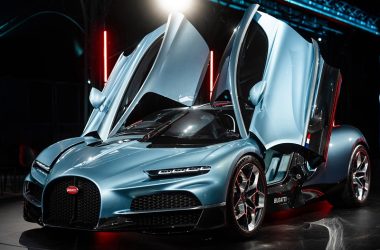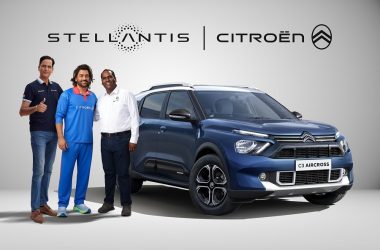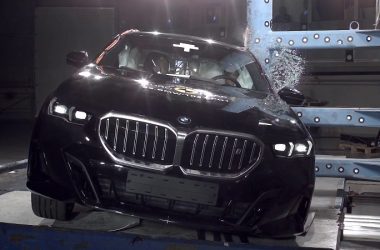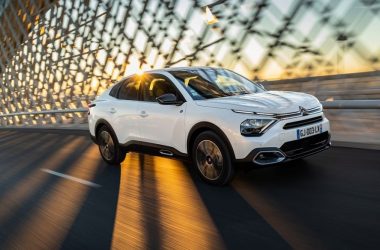Stuttgart, January 15, 2024 – In an electrifying update, Mercedes-Benz has announced the sales launch of its latest innovation, the eSprinter, alongside a revamped version of the classic Sprinter. Starting from January 16 in Europe, these models are set to charge up the market with their blend of efficiency and digital savvy.
The eSprinter, a beacon of electric mobility in the large van segment, is ready to roll out in two body shapes and lengths, with three battery options tailored for diverse customer needs. You can choose between a 56 kWh or 113 kWh battery from tomorrow, with an 81 kWh option following soon. This electric van isn’t just about power; it’s also about flexibility, offering an open model variant later on.

For those who prefer traditional power, the updated Mercedes-Benz Sprinter is also available for order from January 16 in Europe, featuring a host of new digital and safety enhancements. Andreas Zygan, Head of Mercedes-Benz Vans Development, highlights the versatility and innovation of these models, pointing out their contribution to the brand’s leadership in electric mobility for commercial use.
The eSprinter’s modular design is a game-changer, featuring a front module for high-voltage components, an underbody module for the battery, and a rear module with an electrically driven rear axle. This design allows for varied extensions and bodies, previously exclusive to the conventional Sprinter. A testament to its efficiency, a pre-production eSprinter recently made a round trip from Stuttgart to Munich on a single charge, covering 475 kilometers without a recharge.
The electric powerhouse offers different body shapes, lengths, and efficient motors with peak outputs of 100 and 150 kilowatts. The eSprinter also includes advanced thermal management and three battery size options, boasting an electric range of up to 440 kilometers, ideal for longer journeys.
Charging is a breeze with the Mercedes me Charge service, providing access to around 600,000 charging points in Europe, including the fast-charging IONITY network. This service simplifies the charging process and ensures cost transparency for customers.
For corporate customers, Mercedes-Benz offers a B2B solution that integrates vehicle and driver management with billing for the entire company. Meanwhile, the conventional Sprinter offers maximum flexibility for various industries, powered by a 2.0-litre diesel engine available in four output levels and combined with either a 9G-Tronic automatic or a 6-speed manual transmission.
Both models feature the latest MBUX multimedia system with a 10.25-inch display, offering an interactive digital experience. They’re packed with safety and assistance systems, including Active Brake Assist with an intersection function, Active Lane Keeping Assist, and Attention Assist drowsiness warning.
In conclusion, with the launch of the new eSprinter and the upgraded Sprinter, Mercedes-Benz Vans redefines versatility and efficiency in the commercial transport sector, electrifying the streets with innovation and excitement.
Technical Data
Mercedes-Benz eSprinter
| Engine | Permanent magnet synchronous motor (PSM) 100 kW (80 kW continuous power) / 150 kW (80 kW continuous power) | ||
| Battery Capacity | 56 kWh | 81 kWh | 113 kWh |
| WLTP range | 220 km | 310 km | 440 km |
| Charging standard | AC / DC | ||
| Max. charging power AC | 11 kW | 11 kW | 11 kW |
| Min. charging time AC | approx. 5:30 h | approx. 8:00 h | approx. 11:00 h |
| Max. charging power DC | 115 kW | 115 kW | 115 kW |
| Min. charging time DC | approx. 28 min | approx. 32 min | approx. 42 min |
| VoltageDC charging System | 400V | ||
| Drive | Rear wheel drive | ||
| Maximum torque | 400 Nm (min. 30s) | ||
| Maximum Speed | Up to 120 km/h | ||
| High-voltage battery | LFP (lithium iron phosphate – free of cobalt and nickel) | ||
| Permissible gross vehicle weight | Max. 4,25 t | ||
| Permissible gross combination mass | Max. 5 t | ||
| Trailer load | Max. 2 t | ||
| Driving modes | “MR” (Maximum range), “E” (Economic), “C” (Comfort): | ||
